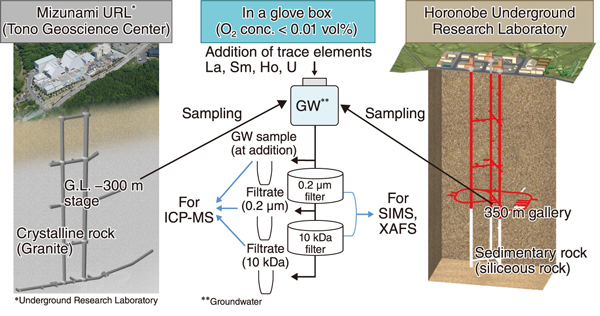
Fig.1 Conceptual diagram of the groundwater sampling method

Fig.2 Residual rate of dissolved trace elements in the filtrate
In Japan, high-level radioactive waste (HLW) is disposed of via burial in geological formations deeper than 300 m below the ground surface. Radionuclides slowly leach into groundwater (GW) after more than 1000 years, and chemical reactions with the naturally dissolved matter may affect the migration behavior of radionuclides. To assess the safety of a geological disposal system, it is important to predict the behavior of actinides, which remain radioactive over a long period, in deep GW. Actinides are a group of 14 radioactive elements with atomic numbers 90−103, and they include the naturally occurring thorium (Th) and uranium (U) and elements produced in nuclear reactors.
GW chemistry reflects the geology of the bedrock and varies between the surface and deep underground. To elucidate the influence of dissolved matters in Japanese GW on radionuclide migration at disposal depths, trace elements (e.g., rare earth elements (REEs) such as lanthan (La), samarium (Sm), and holmium (Ho)) and U were added to GW in two representative Japanese rock types, namely, crystalline and sedimentary rocks, to simulate actinide behavior. Then, the possible chemical reactions in the GW were investigated (Fig.1). GW samples were collected from the Mizunami Underground Research Laboratory (URL) and Horonobe URL and labeled as Mizunami GW and Horonobe GW, respectively, and they represented groundwater from crystalline and sedimentary rocks, respectively. A small amount of a trace element reagent was added to the collected GW, and chemical analyses were performed on the filtrate and the precipitates collected on the filter (Fig.1). The results were compared with the thermodynamic estimation results for the dissolved substances and precipitates.
Fig.2 shows the chemical analysis of the filtrate. Mizunami GW contained REEs that had dissolved as carbonate complexes while forming hydroxide precipitates. Horonobe GW contained dissolved Ho in the form of carbonate complexes during the formation of phosphates, while La and Sm were present as phosphate precipitates. U formed carbonate complexes in both GWs. These results suggest that in the Horonobe GW-type chemistry, the behavior of trivalent actinides is controlled by phosphates rather than by hydroxides, as previously thought, while the behavior of U is controlled by carbonate complexes.
These results suggest that it is necessary to collect actual deep GW from the repository area and examine the chemical behavior of nuclides in the real environment to make the safety assessment of the HLW disposal site more realistic.
This study was conducted in collaboration with Tohoku University and was supported by JSPS KAKENHI Grant-in-Aid for Scientific Research (B) (JP19H02641), “Research on deep groundwater components affecting actinide migration.”
(Kazuya Miyakawa)